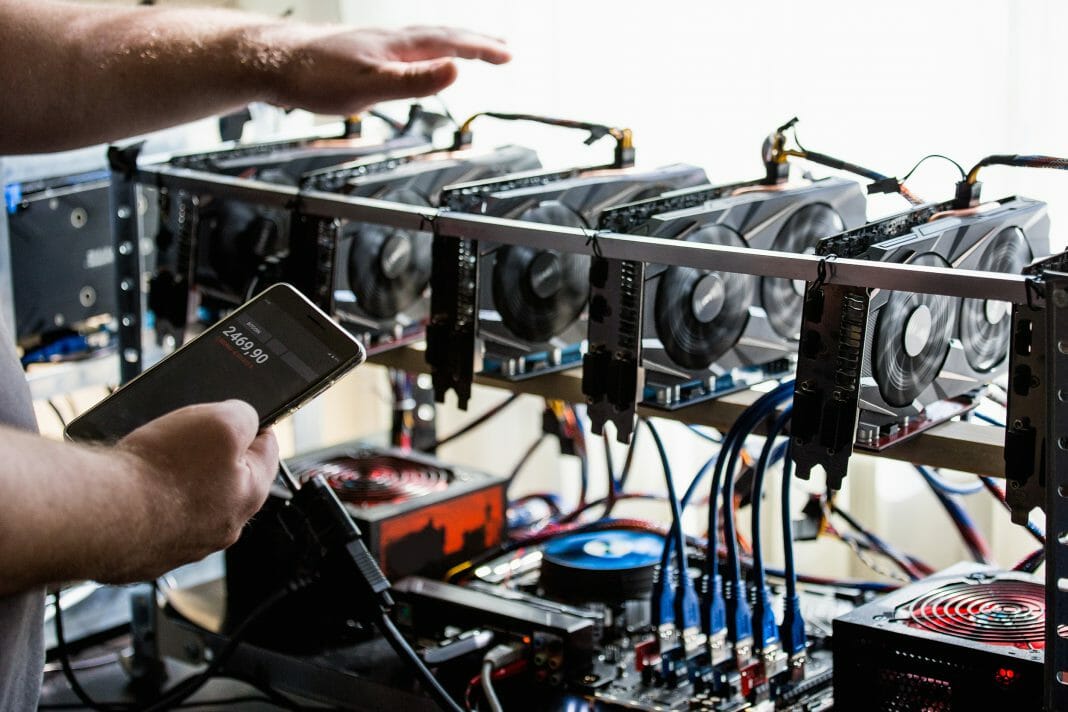The event is part of a national plan to create new sources of income. The three power plants together have a potential of 5,483 mW/h.
New farms and power plants in Iran have been adding to Bitcoin mining since the country began granting permits for this activity, thus providing more security for the network. According to local media, three power plants will sell surplus electricity for Bitcoin mining, which has grown exponentially thanks to low electricity costs.
Thermal Power Plant Holding Company (TPPH) will start auctioning electricity from the Ramin, Neka, and Shahid Montazeri plants for Bitcoin mining. “The three plants already have the necessary equipment,” said Mohsen Tarztalab, the CEO of TPPH. “They will upload the auction documents to the SetadIran.ir website in the near future,” he added.
There is an estimated potential of 5,485 mW/h between the three TPPH power plants that will start auctioning electricity to cryptocurrency miners. However, no one knows yet how much of this energy they will contribute to this activity.
Tarzatalab said that that the turbines generating the energy that they will sell to Bitcoin miners do not supply the national grid, but provide the facilities themselves with electrical potential instead. The Neka and Ramin plants operate on natural gas, a by-product of oil extraction, the surplus of which burns in the atmosphere. On its part, the Shahid Montazeri plant uses oil from a nearby refinery.
This project is part of a national plan to create new sources of income in Iran and would also help the company to remain profitable, according to the CEO of TPPH.
He stated that, due to constant price increases and the obligation to supply electricity at stable prices, there is a large gap between income and expenses in the electricity industry of the country. For that reason, they need new sources of income that allow them to fill this void.
Benefits for Bitcoin Miners Require Regulation
The Cambridge Center for Alternative Financial’s Bitcoin mining map shows that Iran contributes 3.82% of the global Bitcoin hashrate. The reason for this activity is the low prices of electricity, estimated at USD 0.005 kW/h.
In the first half of 2020, the Iranian authorities granted 1,000 licenses to mine Bitcoin, including power plants that seek to achieve profitability through this activity. Up to fourteen mining farms that consume 300 MW received their licenses at the time, with the benefit of a 47% reduction in the electricity fee.
Even though the Iranian government is trying to regulate Bitcoin mining in the country, its decentralized nature makes the activity hard to control by the State. However, they have closed 1,100 farms dedicated to Bitcoin mining, which has seriously affected the community.
The authorities stated that these miners did not have the license to operate in the country. The agreement to be able to mine cryptocurrencies includes full statements about the miners’ activities and the payment of a fee of USD 0.07 per kW/h.
Amir Hossein Saiedi, an official with the Iranian ICT Guild Organization, said in January that cryptocurrency mining has the potential to add USD 8.5 billion to the economy of the country. The community considers that the addition of more miners has the potential to provide the Bitcoin network with greater security.
By Alexander Salazar











